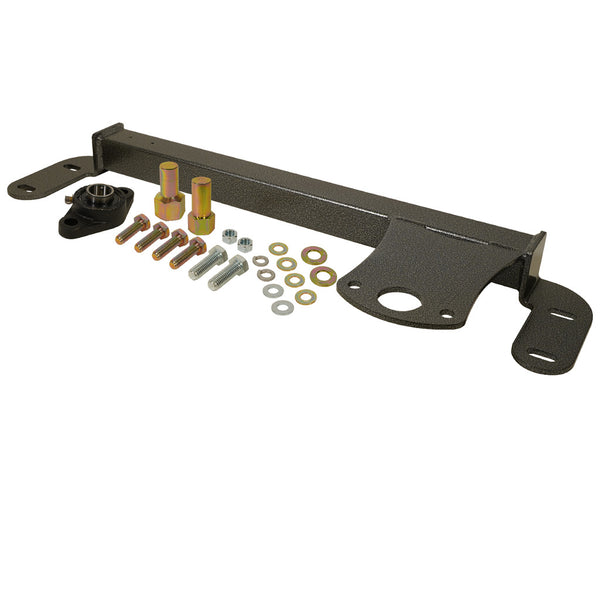WatervilleBob
RVF Newbee
- Joined
- May 30, 2023
- Messages
- 4
- RV Year
- 2001
- RV Make
- Roadtrek 190
- RV Model
- Versatile
- RV Length
- 19.6
- Chassis
- Dodge 3500
- Engine
- 5.9
- TOW/TOAD
- none
- Fulltimer
- No
Greetings All,
After a very long search I finally found a 2001 Roadtrek. Very well maintained but it drives like a 22 year old Dodge 3500........ road wander wobble. I plan on keeping this RV and am looking for anyone who has cured the wobble with after market steering box arm add on's and a steering stabilizer. I am not looking for "the cheap fix". Ball joints, etc. were just done @ 77,000 miles or so. Tires have less than 10,000 miles on them and front end was aligned. Thoughts specific to this Roadtrek by a Roadtrek Owner? Many Thanks
After a very long search I finally found a 2001 Roadtrek. Very well maintained but it drives like a 22 year old Dodge 3500........ road wander wobble. I plan on keeping this RV and am looking for anyone who has cured the wobble with after market steering box arm add on's and a steering stabilizer. I am not looking for "the cheap fix". Ball joints, etc. were just done @ 77,000 miles or so. Tires have less than 10,000 miles on them and front end was aligned. Thoughts specific to this Roadtrek by a Roadtrek Owner? Many Thanks













